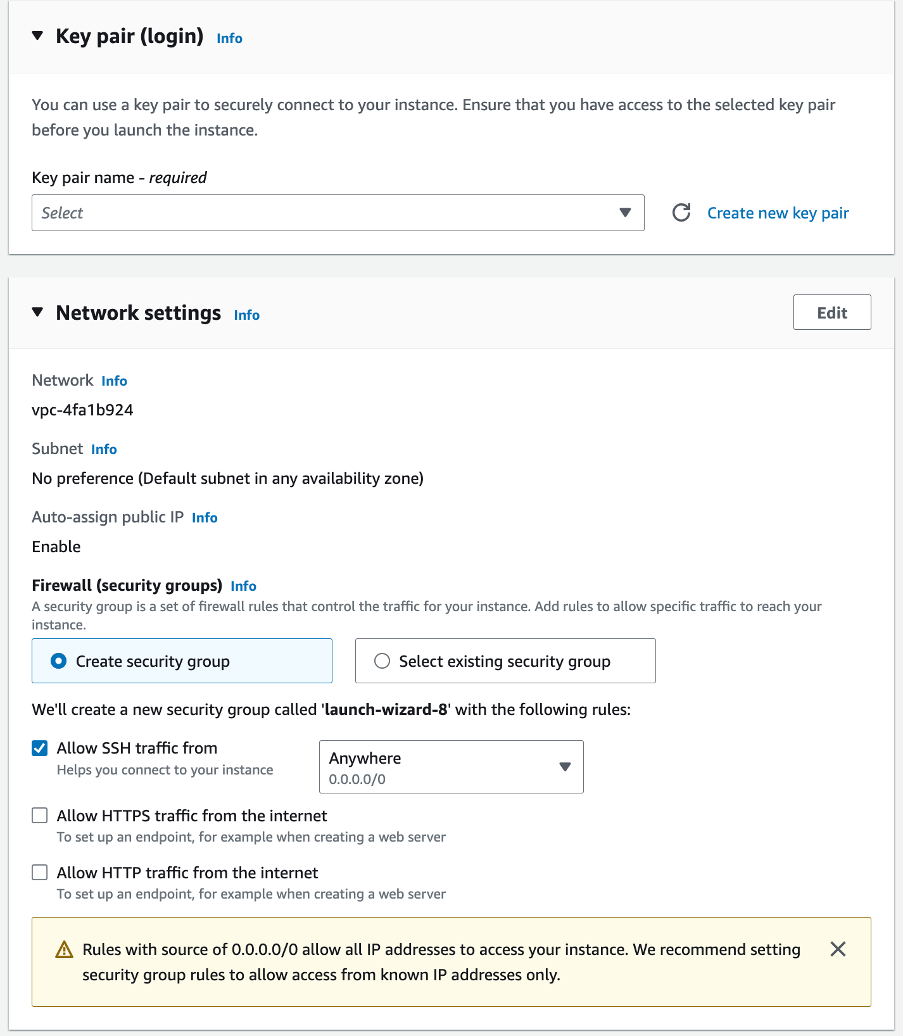Prerequisites
For a succcesful Exasol Cluster deployment and the following steps in the workshop we have to fullfil certain requirements. Please finish all the prerequistes before moving on to the workshop itself.
AWS Access Key
If not already done, we need to fulfill a few prerequisites before we can deploy an Exasol environment. Firstly, ensure that you have a valid Amazon AWS Access Key. If you do not have an Amazon AWS Access Key Access, find here instructions on how to create one:
https://docs.aws.amazon.com/IAM/latest/UserGuide/id_credentials_access-keys.html?icmpid=docs_iam_console#Using_CreateAccessKey
It is mandatory that you have Multi-Factor-Authentiction (MFA) enabled for your account.
See the official documentation from AWS to see how MFA is being enabled for your user account:
Enabling Multi-Factor-Authentication
Data Sources and support content
We have placed all the required source data, scripts and SQL statements in a publicly available S3 Bucket named
s3-aws-modernization-workshop
in the AWS region eu-central-1. Please try, if you can access it:
If you want to work with your own S3 Bucket, please copy the files from the public S3 bucket to your personal S3 bucket.
Deployment Instance
Deploying an Exasol Analytics Database cluster environment requires a so-called Deployment Server from where you configure and initiate the deplyoment, as well as operate the cluster. This can be a new instance, or an exsting instance you have. We want to avoid any kind of side-effects and opt for a new AWS instance. When launching a new instance select Ubuntu for version 20.04.1. There exists an Amazon Machine Image (AMI) you can select which is “Free tier eligible”. The instance type can be a “t2.micro”. For the remaining settings, just go with the default values and create a key pair for login, if you do not have one in place already. Be sure to check “Allow SSH traffic from” if you want to use your own SSH capable terminal. The private key will be downloaded to your computer, automatically

You should be able to connect to your new instance with the ssh terminal of your choice or you connect to the instance with the AWS provided web interface by selecting your instance from the instance’s list and click connect.

Once the new instance is started, it is a good practice to update the system properly:
sudo apt-get update && sudo apt-get dist-upgrade
This will take some minutes until the update process is completed.
Install Amazon AWS command line interface (aws cli)
Next, we need to check for the Amazon AWS Command Line Interface. Execute
aws
If the aws cli is not installed on your instance you can install it according to the following instructions:
If you are following the recommendations and use an Ubuntu Linux Distribution, you may install the AWS Command Line Interface with:
sudo apt install awscli
After installing you need to configure the AWS Command Line Interface with:
aws configure
Next Steps
Continue with the next chapter “Exasol Deployment Tool”.